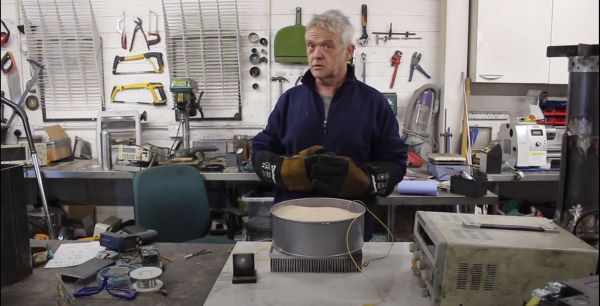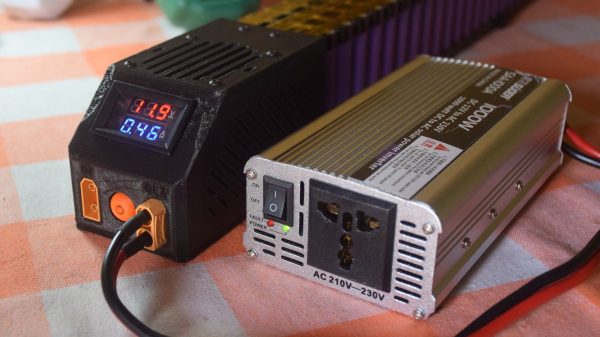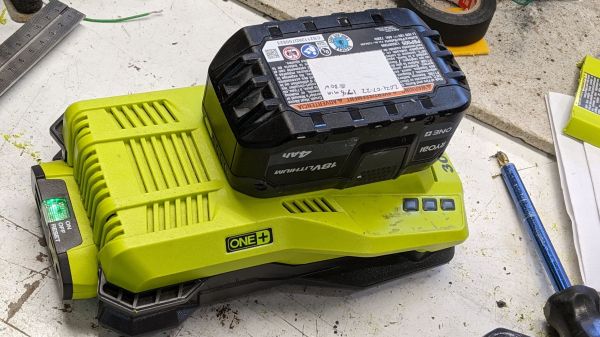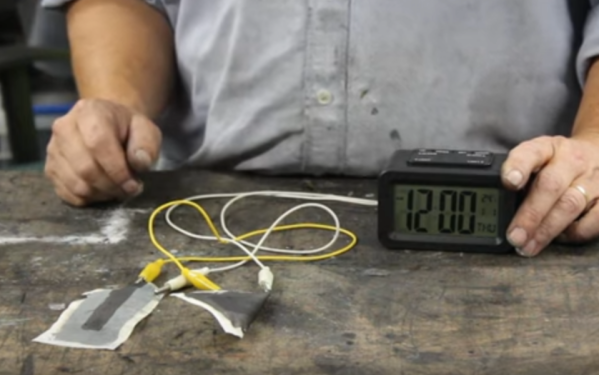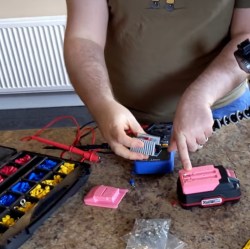Storing energy can be done in many ways, with the chemical storage method of a battery being one of the most common. Another option is a thermal battery, which basically means making something hot, and later extracting that heat again. In this video by [Robert Murray-Smith] the basic concept of a thermal battery that uses sand is demonstrated.
By running a current through a resistive wire that’s been buried inside a container with sand, the sand is heated up to about 200 °C. As [Robert] points out, the maximum temperature of the sand can be a 1000 °C or more. Because sand doesn’t boil like water, the total amount of energy stored in sand is correspondingly higher.
Extracting the thermal energy can be done rather inefficiently using the demonstrated Peltier element. A Stirling engine, or steam generator and turbine, would get a lot more energy out. Either way, the thermal battery itself is made using just plain sand, which makes it an attractive DIY target to tinker with.

